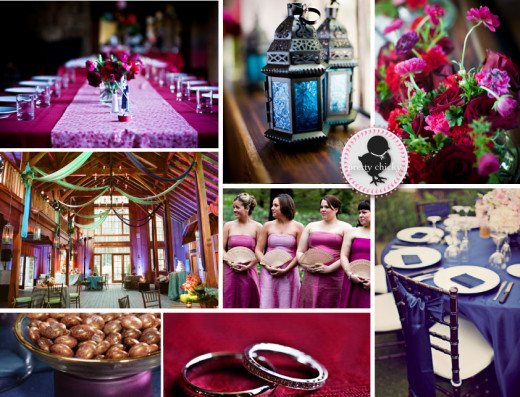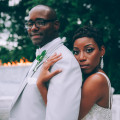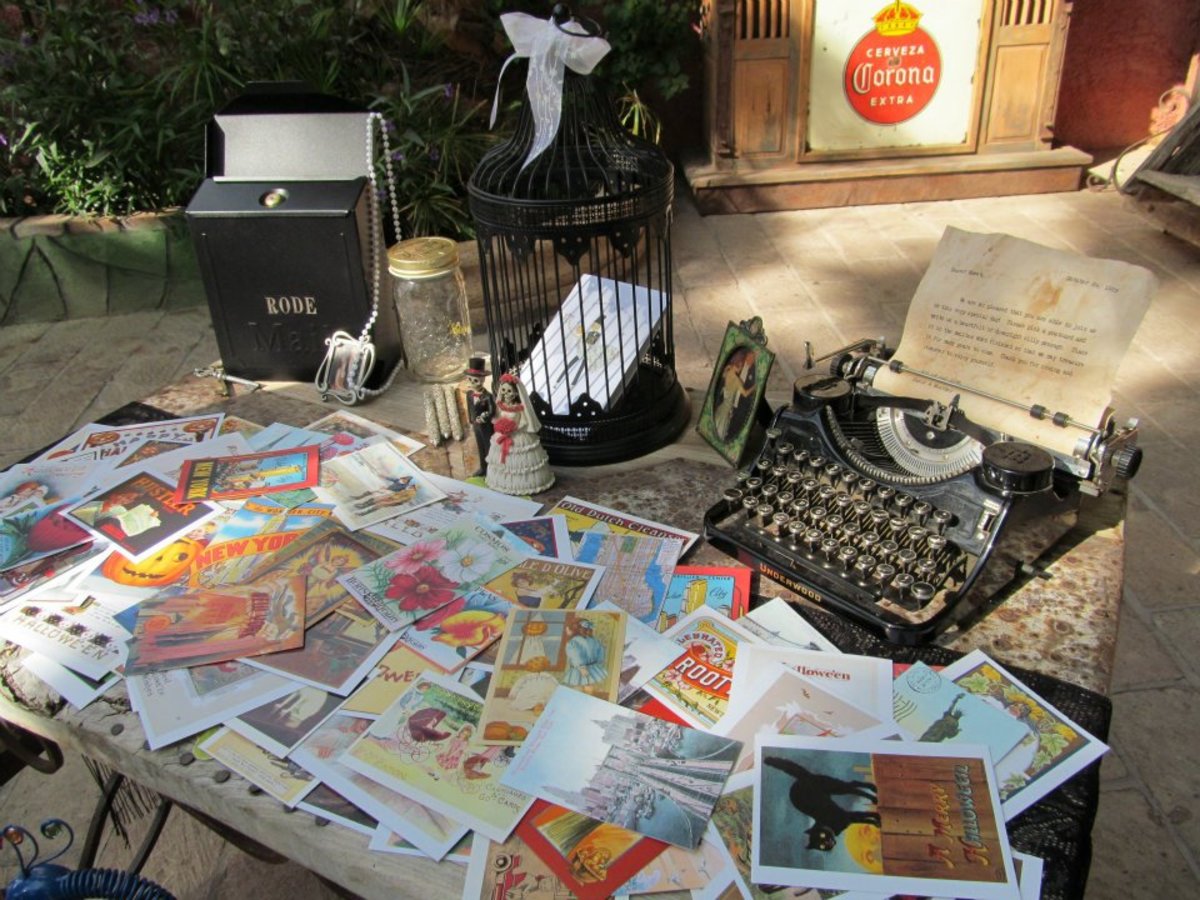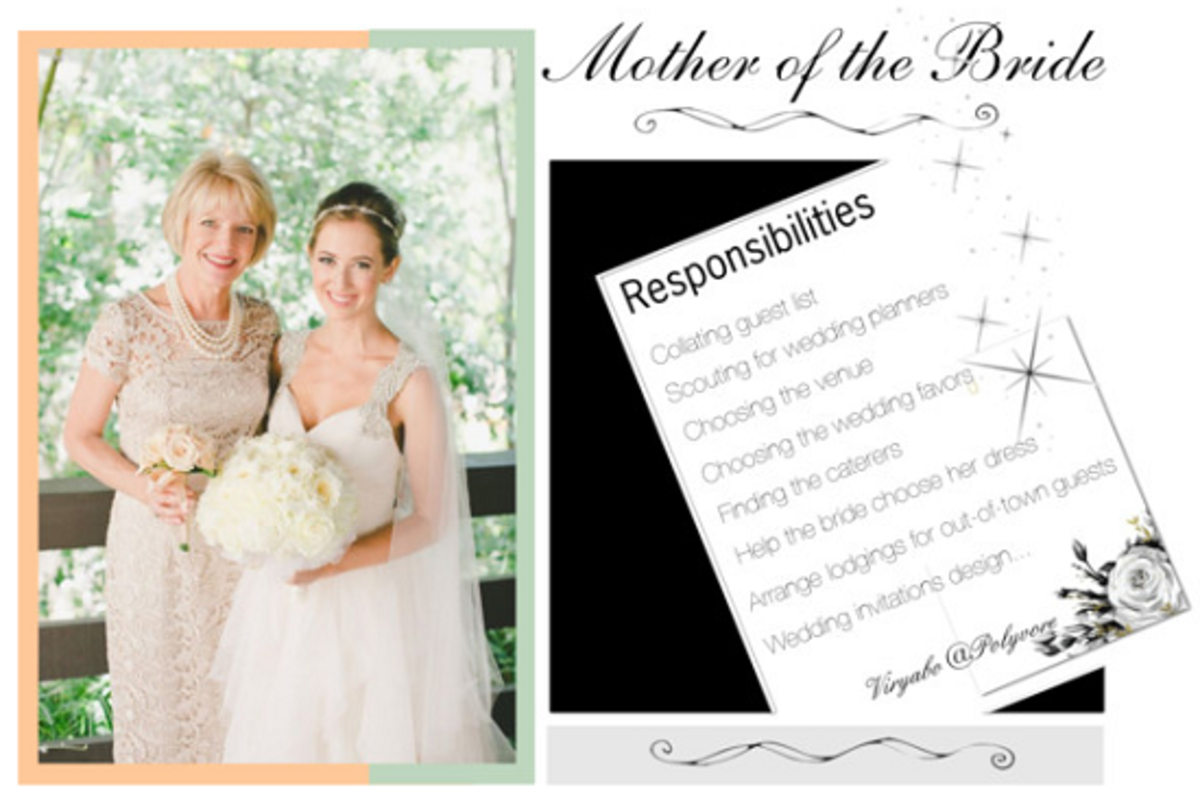Making Your Favorite Color “Work”: a Quick Wedding Planning Guide
As anyone who watches wedding shows can tell you, the modern wedding tablecloth is anything but white. Instead, couples are increasingly pulling off unique, colorful, beautiful wedding décor that speaks more to their personalities than to the staid, blah colors of tradition. That isn’t to say that a white tablecloth would be inappropriate or unattractive, but that the modern wedding simply allows for much more flexibility when it comes to the décor, entertainment, attire, and tablecloths for weddings.
In addition to allowing for a greater flexibility, though, the modern wedding also demands a certain level of taste. No longer are the huge, puffed sleeves of the ‘80s or the thick, unrefined hair of the ‘90s acceptable. Instead, the modern wedding should use space wisely, its décor eye-catching but not garish. Think of it as an equation—preferences ÷ elegance = successful wedding décor.
Some compromise will be involved, of course, but for the sake of planning your wedding, you shouldn’t need to worry too much about compromising on your favorite color. Even divisive colors like pink and orange can look inarguably stunning and elegant in the right setting. You’ll be able to find a whole range of cloth tablecloths in your favorite color, with different patterns and fabrics that will allow you to explore a whole world of décor options.
Because discussing every color combination under the sun would be impractical, I’m going to use this article to highlight the potential benefits and caveats of different color groupings. To avoid clashing tones, you might want to look into working with a wedding planner, or at least use a color wheel to further discuss how to combine complementary, analogous, triadic, split-complementary, tetradic, or square colors to their best effect.
Complementary
Complementary colors are located directly opposite each other on the color wheel. Think yellow and purple, red and green, or blue and orange. If you haven’t noticed already, I’ll spell it out—complementary colors can contrast to an almost unsightly degree. They are called “complementary” because they can look striking and elegant together, but using them in excess can be jarring and distracting.
As an example, think of what you would tell a friend (in the nicest tone possible) if she or he came to work wearing a blue-green blouse and an orange blazer. It would look either bold and striking or highly unprofessional. Even ugly, though one would hope you could avoid such hurtful language. Conversely, a white blouse with an orange pinstripe with a navy blazer might work. An orange tie with a blue blazer might work as well. The trick for combining these colors on a table is to add a healthy dose of white to even out the contrast. A white tablecloth with orange napkins and blue flowers? Yes. A pale blue tablecloth with white flowers and orange tiger lilies? Pretty. Again, it depends on the versions of the colors you use, so it’s a good idea to rent wedding tablecloths from companies that have experience combining contrasting colors, as they’ll be able to advise you on what works.

Analogous Colors
As the photo above illustrates, eggplants, magentas, and other purple tones go together quite well, and while they are certainly striking, they are by no means garish. Analogous colors are colors that lay next to each other on a color wheel, and are closely related. Think of the ombre trend that was all over our nails in the summer of ’12—they looked great because each color informs the next. In general, it is best to use no more than three analogous colors, or to use additional colors sparingly. It is also good to use one dominant color and use the other two as accents.
For example, imagine a summer wedding that focuses on yellow, yellow-green, and green. You could rent tablecloths in yellow, use green chair covers, and focus on pale, yellow-green foliage for your flowers. You could also add details in these analogous colors—a green overlay across the yellow tablecloths—or alter the schemes per table, alternating between yellow, yellow-green, and green tablecloth rentals across each row. Doing this won’t necessarily overturn the dominant color rule—instead, you’ll have one dominant color per table. Bridesmaids could wear any of the three colors, depending on their respective skin tones and your preferences. You could even alternate the colors of the bridesmaid dresses as you did for the tables.
The only drawback to using analogous colors is that overbalancing can make them appear too harmonious. But as long as you stick with the principle of one dominant, one supportive, and one accent, you should be able to avoid this. Note, too, that neutral tones like white look good in any color scheme, so you don’t need to sacrifice the “wedding color.” You can still use analogous colors if you decide to go with white tablecloths for your wedding.
Triad
A color triad indicates three colors equidistant from each other on the color wheel. The primary colors are a good example of this, though they don’t necessarily represent the best triad for weddings. As with analogous colors, triads look best with one dominant color—the other two colors will serve only as accents. Triads contrast quite a bit, so it’s best to stick to one color for the tablecloth rentals and use the others for accents like flowers and so forth.
Another option is to use somewhat softer versions of the colors. Magenta, yellow-orange, and blue-green are a triad, but the jewel-tone and brighter versions of the triad would look absolutely garish for a wedding. Instead, consider focusing on pale, wispy blue-green tablecloths, substituting gold accessories for the yellow-orange, and including magenta flowers in the bouquets and corsages.
Triads are likely the most difficult groupings to work with, simply because they offer a striking contrast. They require finesse, but can look absolutely stunning when executed properly.
Split Complementary
Colors located across from each other are considered complementary, while split-complementary refers to a color and the two colors that surround its complement. For example, yellow and purple are complements, while yellow, magenta, and blue are split complements. Split complementary colors don’t form quite the contrast that triads do, but they can require a bit of restraint.
You don’t necessarily need to focus on a particular dominant color for split complementary colors, but décor can look either too balanced or too unfocused if you go into the scheme without a plan. My recommendation for the colors mentioned above—yellow, magenta, and blue—would be to rent yellow tablecloths, serve on pale-blue plates, and look for table runners that combine aspects yellow and magenta in a brocade or pattern. You can also use sheer and patterned versions of the colors—a wispy, floral overlay of blue over yellow tablecloths can evoke springtime. Since blue is universally flattering, it would be best to go with blue bridesmaid dresses—yellow can make certain skin tones look jaundiced and magenta can accentuate ruddy skin. That said, a blue sash or band on a yellow dress could look youthful and elegant. You’ll need to use your judgment to determine whether it does or not.
Split complementary colors are fairly easy to work with, but you can temper their brightness with white and other neutrals if necessary. They often combine warm and cool tones, so be judicious when you combine them directly to prevent clashing.
Tetradic
At this point, I’d like to note that most weddings are organized around two colors, maybe three. Fortunately, tetradic, or rectangular, colors aren’t so different that they clash. They consist of the colors that surround complementary colors. If you are looking at red and green, for example, the tetradic colors would be magenta, red-orange, green-blue, and yellow-green. You’re essentially taking two sets of analogous colors and eliminating the central color.
That isn’t to say that tetradic colors are without challenges. Red-orange and green-blue can pose the same problems that orange and green-blue do. A good course of action would be to consider, again, the ombre effect. Use the colors for gradation and as accents. A green-blue table runner on a yellow-green tablecloth can look great for a summer wedding. But as with some of the other color combinations, the rule of thumb here is to let one color dominate and use the others as accents. You’ll end up with a lot of bright colors in any case, so use white to take out a bit of the overwhelming clashes. A vase of tetradic colors on a white tablecloth would look great, or you could alternate color groupings per table. Another option would be to alternate chair covers, with warm colors on one table and cool colors on another.
Square
Square colors are evenly spaced around the color wheel. They can be difficult to work with. One example of square colors would be red, blue, green, and orange-yellow. Essentially, you’ll face similar problems to working with triads . . . except with one extra color.
How do you make this work for an elegant wedding? As with anything else, you can use a basic white wedding tablecloth rental and use these colors as striking accents. But if you’re committed to going with square colors, you really might as well use an entire rainbow. You can often find rainbow-toned or iridescent tablecloth rentals, and they don’t necessarily look out of place at a wedding.
So your options are essentially use white to temper square colors, or just throw away any sense of caution you have and use color indiscriminately. In other words, square colors won’t work unless you have a doctorate in art theory or you want your wedding to look like a fruit salad. You’d be signing up for a lot more work than an event like a wedding is worth, so stick with the other color combinations. Your wallet and patience will thank you for it.





